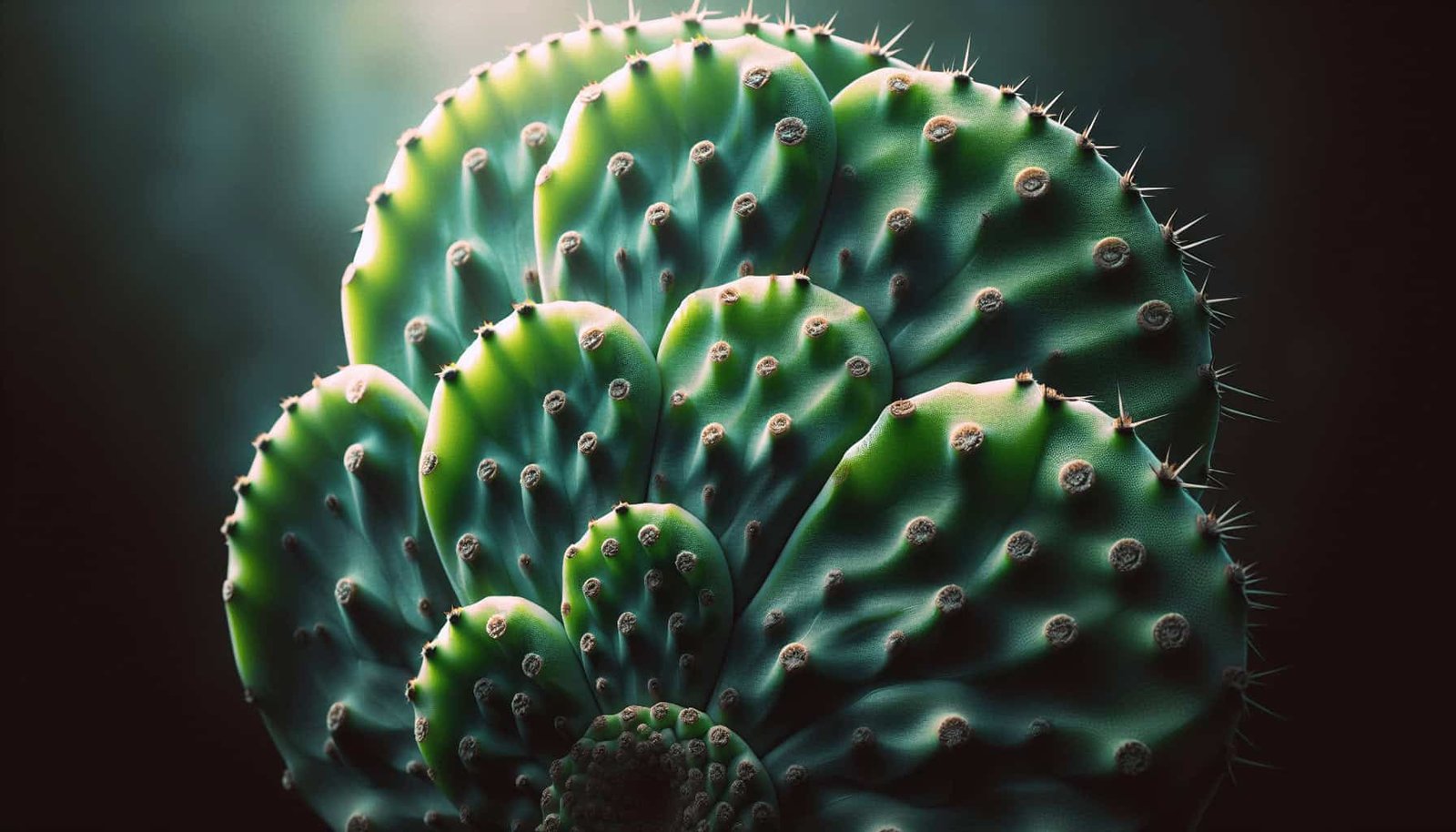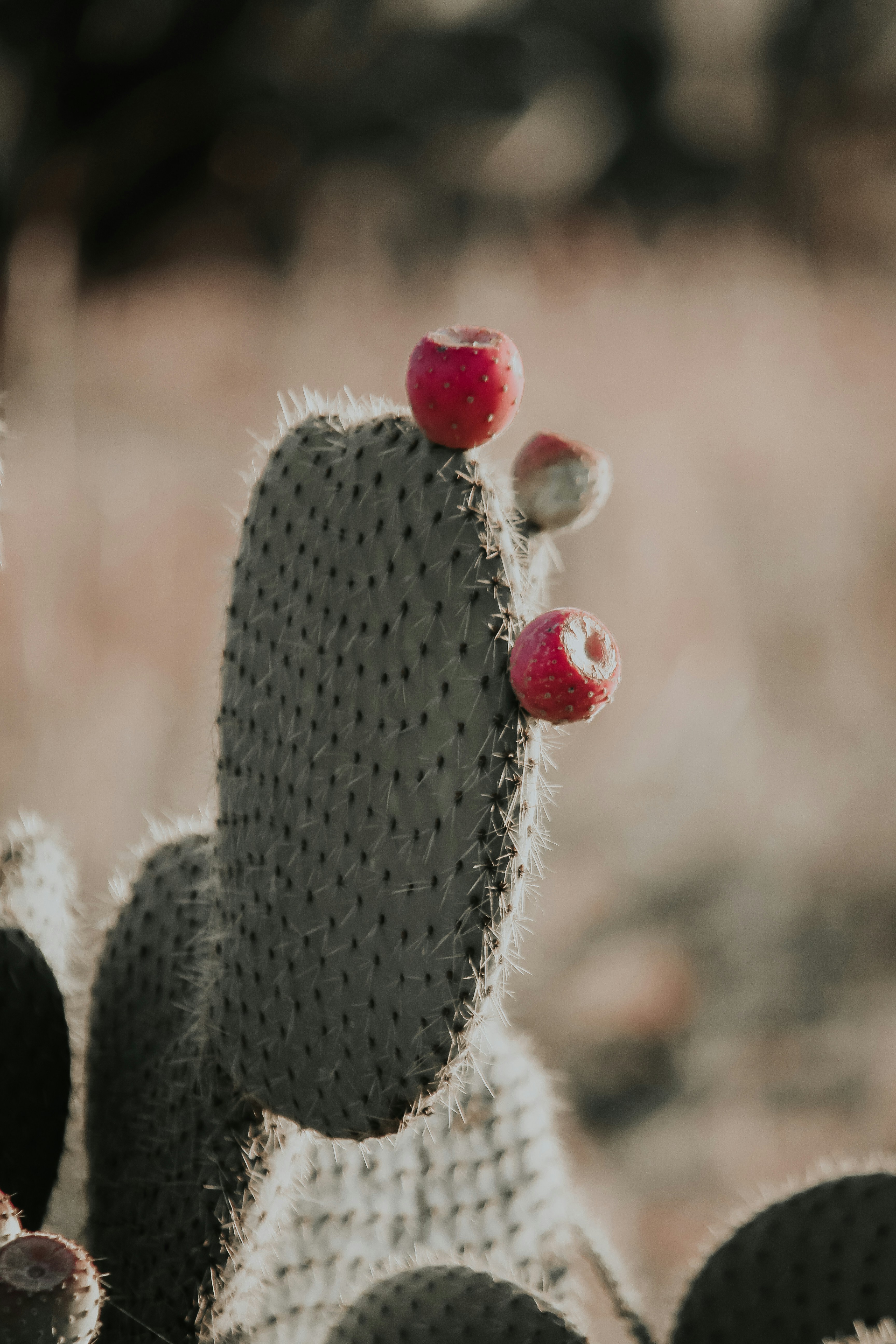You’re always on the lookout for new treatments to ease the burden of migraines, and nopal, also known as prickly pear cactus, has caught your attention. In this article, you’ll discover the latest scientific findings exploring its potential in migraine management. From its anti-inflammatory properties to its role in stabilizing blood sugar levels, researchers are delving into how this nutrient-dense plant may offer relief. By the end, you’ll have a clearer picture of whether nopal could be a useful addition to your migraine-fighting toolkit. Have you ever wondered if there’s a natural solution to manage your migraines more effectively? You might have heard about nopal, also known as prickly pear cactus, as a promising remedy. But what exactly does research say about its potential benefits in migraine management? Let’s explore the science behind nopal and its potential role in helping those who suffer from migraines.
Understanding Migraines
Migraines are not your typical headaches. They are complex neurological disorders that can severely impact the quality of life. Migraines often come with throbbing pain, sensitivity to light and sound, nausea, and sometimes even visual disturbances called auras.
Triggers and Causes
The exact cause of migraines isn’t fully understood, but a combination of genetic, environmental, and lifestyle factors are thought to play a role. Common triggers include stress, hormonal changes, certain foods and drinks, and sensory stimuli.
Current Management Strategies
Managing migraines usually involves a mix of lifestyle changes, medications, and alternative therapies. Medications can range from pain relievers to anti-nausea drugs, triptans, and preventive treatments such as beta-blockers or anticonvulsants. While these treatments can be effective, they often come with side effects, prompting many to seek natural alternatives.
What is Nopal?
Nopal, or Opuntia cactus, is native to the arid and semi-arid regions of the Americas. The edible parts are the pads (cladodes) and the fruit (tunas), and they have been used in traditional medicine for centuries.
Nutritional Composition
Nopal is rich in fiber, vitamins (such as Vitamin C and B-complex), and antioxidants. Its beneficial components include:
| Component | Benefit |
|---|---|
| Fiber | Helps in digestion and maintaining cholesterol levels. |
| Vitamin C | Acts as an antioxidant, boosting the immune system. |
| Antioxidants | Reduce inflammation and oxidative stress. |
The unique nutritional profile of nopal makes it an intriguing candidate for managing various health conditions, including migraines.
Connection Between Nopal and Migraine Management
Anti-Inflammatory Properties
One potential mechanism through which nopal could help manage migraines is its anti-inflammatory properties. Inflammation is a known contributor to the development and exacerbation of migraines. Studies have pointed out that the anti-inflammatory compounds in nopal can reduce systemic inflammation.
Antioxidants
Oxidative stress plays a key role in migraine pathophysiology. Nopal is rich in antioxidants like betalains, which help neutralize free radicals and might reduce the oxidative stress associated with migraines.
Regulation of Blood Sugar Levels
Fluctuations in blood sugar can often trigger migraines. The high fiber content in nopal helps in stabilizing blood sugar levels, thereby potentially preventing migraine attacks.
Magnesium Content
Magnesium deficiency has been linked to migraines. Nopal contains a decent amount of magnesium, which could help in the prevention and management of these painful episodes.
Hydration
Dehydration is a common trigger for migraines. The high water content in the cactus pads can contribute significantly to keeping the body hydrated, thus potentially reducing the frequency of migraines.
Research Studies on Nopal and Migraine
Study on Anti-Inflammatory Effects
A study published in the journal of Natural Products evaluated the anti-inflammatory effects of nopal extract. The research demonstrated that nopal significantly reduced markers of inflammation, suggesting its potential utility in conditions like migraines that have an inflammatory component.
Antioxidant Capacity
Another research article in the Journal of Food Science and Technology highlighted the antioxidant properties of nopal. The study showed that the cactus contains several antioxidants capable of reducing oxidative stress, which is crucial for managing migraines.
Blood Sugar Regulation
According to a study in Diabetes Care, nopal consumption significantly lowered blood sugar and insulin levels among participants. Stable blood sugar levels were associated with a decrease in migraine frequency, indicating nopal’s potential in this area.
Clinical Trials
Although there are no large-scale clinical trials exclusively focusing on nopal and migraines, small pilot studies and anecdotal evidence offer promising insights. More extensive research is needed to solidify these findings.
How to Incorporate Nopal Into Your Diet
Fresh Nopal Pads
You can find fresh nopal pads in many grocery stores, especially those specializing in Latin American cuisine. They can be grilled, boiled, or added to soups and salads.
Nopal Supplements
Nopal is also available in various supplement forms, including capsules, powders, and extracts. Make sure to consult your healthcare provider before starting any new supplement regimen.
Recipes
Incorporating nopal into your diet can be delicious and straightforward. Here are a couple of recipes to get you started:
Grilled Nopal
- Clean the nopal pads by removing the spines and slicing them into strips.
- Marinate with olive oil, lime juice, salt, and pepper.
- Grill for about 5-7 minutes on each side until tender.
- Serve as a side dish or add to tacos.
Nopal Smoothie
- Blend one chopped nopal pad with one cup of fresh pineapple, a handful of spinach, one banana, and some water or almond milk.
- Add a squeeze of lime juice for extra zest.
- Enjoy as a refreshing and nutritious drink.
Potential Side Effects and Considerations
As with any remedy, it’s crucial to be aware of potential side effects. Commonly reported issues with nopal include mild digestive issues like bloating and diarrhea. Additionally, if you are on any medication or have underlying health conditions, you should consult your healthcare provider before adding nopal to your regimen.
Future Research Directions
Large-Scale Clinical Trials
While existing studies offer promising results, more extensive clinical trials are necessary to establish nopal’s efficacy in migraine management definitively. Future studies should aim for a larger sample size and longer duration to better explore this potential.
Mechanistic Studies
Further research investigating the specific biochemical mechanisms through which nopal exerts its effects could provide deeper insights. This involves looking into how nopal’s various antioxidants and anti-inflammatory compounds interact within the body.
Comparative Studies
Research comparing nopal against other known migraine remedies could offer a clearer picture of its relative efficacy. Comparative studies could focus on both pharmaceutical and natural remedies to highlight how nopal stands up against the competition.
Conclusion
While more research is needed to conclusively determine the effectiveness of nopal in migraine management, the existing body of evidence is promising. From its anti-inflammatory and antioxidant properties to its ability to stabilize blood sugar levels and provide hydration, nopal presents multiple potential benefits for those suffering from migraines.
If you’re looking to explore natural remedies, incorporating nopal into your diet might be worth trying. As always, be sure to consult with your healthcare provider to ensure it’s a safe and suitable option for you. Here’s to hoping for better migraine management and brighter, pain-free days ahead!





